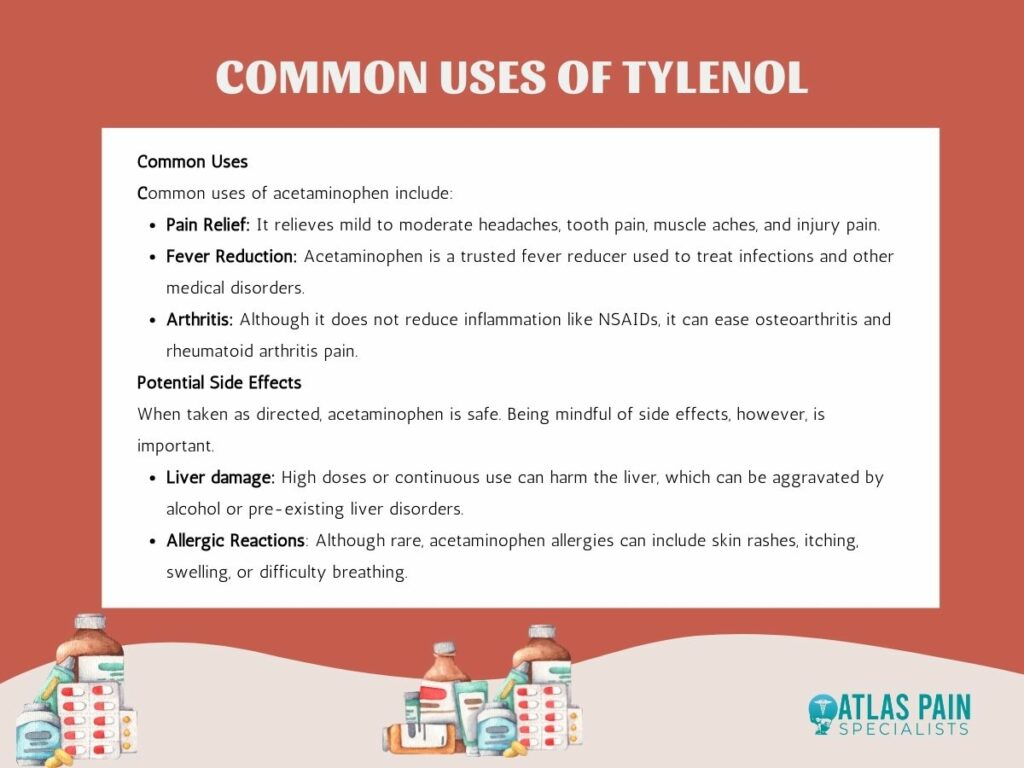Always discuss medication options with your doctor before starting any new treatment. Understanding potential side effects is key to managing your pain effectively and safely.
Non-Steroidal Anti-Inflammatory Drugs (NSAIDs)
NSAIDs like ibuprofen (Advil, Motrin) and naproxen (Aleve) reduce inflammation and pain. Common side effects include stomach upset, heartburn, and increased risk of bleeding. Higher doses or long-term use may increase the risk of kidney problems and cardiovascular events. Consider taking them with food to minimize stomach irritation.
Acetaminophen (Tylenol)
Acetaminophen is a pain reliever and fever reducer. It’s generally gentler on the stomach than NSAIDs. However, exceeding the recommended dose can cause serious liver damage. Always follow label instructions carefully.
Opioids
Opioids such as oxycodone and hydrocodone are powerful pain relievers, typically prescribed for severe pain. Side effects can include constipation, drowsiness, nausea, and vomiting. Long-term use carries a risk of addiction and tolerance, requiring increasingly higher doses for the same pain relief. Your doctor will monitor you closely if you take opioids.
Comparison Table:
| Ibuprofen | Stomach upset, heartburn, bleeding risk | Take with food; avoid long-term high doses |
| Naproxen | Stomach upset, heartburn, bleeding risk | Take with food; avoid long-term high doses |
| Acetaminophen | Liver damage (if overdosed) | Strictly follow dosage instructions |
| Oxycodone/Hydrocodone | Constipation, drowsiness, nausea, vomiting, addiction risk | Requires close medical supervision |
Muscle Relaxants
Muscle relaxants, such as cyclobenzaprine (Flexeril) and carisoprodol (Soma), are used to treat muscle spasms and pain. Common side effects include drowsiness, dizziness, and weakness. Avoid operating machinery or driving while taking these medications.



